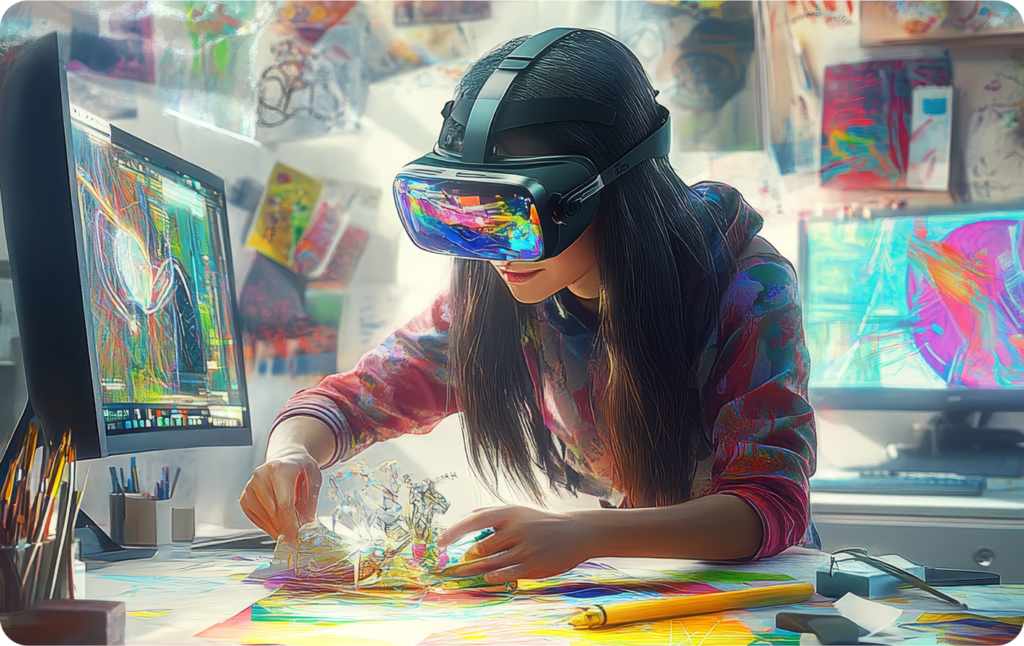In the past, branding was about logos, taglines, and consistent color palettes. Today, it’s about something deeper—how brands create experiences, resonate emotionally, and stay relevant in an ever-changing marketplace. Enter Generative AI, a technology that is no longer just a buzzword but a transformative force in how brands tell stories, connect with audiences, and fuel growth.

From Static Identities to Living, Breathing Brands
Traditionally, brand building meant creating a visual and verbal identity that remained largely fixed. Generative AI is rewriting that playbook. Instead of one logo, one campaign, or one slogan being pushed to millions, brands can now dynamically adapt their voice, visuals, and interactions to different contexts and audiences.
Think of it as moving from a “broadcast” model to a “conversation” model—powered by algorithms that learn, generate, and personalize in real-time.
Personalization at Scale
One of the biggest challenges for brand managers has been striking a balance between consistency and customization. Generative AI breaks that barrier.
- Content Tailoring: AI systems can generate personalized ad copies, product recommendations, and even branded visuals that speak directly to individual customers—without losing the brand’s core identity.
- Localized Storytelling: A global brand can now tell a thousand versions of the same story, each reflecting the cultural nuances of its audience, whether that means language tone, imagery, or narrative structure.
This ability to personalize at scale is no longer just a competitive advantage—it’s fast becoming table stakes.
Speed and Agility in Creative Workflows
Brand campaigns used to take months of brainstorming, production, and execution. Generative AI is compressing that timeline drastically.
- Rapid Prototyping: Brands can instantly generate dozens of creative options—be it designs, taglines, or video scripts—and test them to see which resonates most.
- Agile Innovation: This speed helps brands stay culturally relevant by responding quickly to trends, social moments, or consumer sentiment.
In essence, AI gives brands the agility of a startup without losing the reliability of an established identity.
New Era of Brand Storytelling
Generative AI isn’t just changing how content is made—it’s changing what content is.
- Immersive Experiences: From AI-generated music to interactive storytelling, brands can co-create experiences with their audiences.
- Conversational Interfaces: Chatbots, virtual influencers, and AI-powered customer experiences give brands a human-like presence at scale.
Storytelling no longer stops at an advertisement; it extends into real-time interactions powered by AI.
Ethical Questions and Human Oversight
Of course, the rise of Generative AI also brings challenges. The questions of authenticity, intellectual property, and bias cannot be ignored. If everyone has access to AI-generated assets, how can a brand remain distinct?
The answer is clear: human creativity + AI augmentation is the future.
While AI can generate, brands still need human direction to define strategy, values, and the emotional core of storytelling. AI makes branding more powerful, but people make it meaningful.
Looking Ahead
Generative AI won’t replace branding—it will amplify it. Brands that embrace this technology not as a tool but as a creative partner will be the ones that thrive. The future of branding isn’t about being louder; it’s about being more relevant, more agile, and more human—even when powered by machines.

